Choosing the right grow lights when growing food indoors can increase indoor crop yields and give you the best possible harvest. So it is important to think about which grow lights you use when trying to maximise the harvest you get from your indoor garden.
The Importance of Increasing Yield in an Indoor Garden

Before we look at exactly how plant lights can increase yields in an indoor garden, we should take a moment to consider what exactly it is that we are trying to achieve and why exactly we want to achieve it.
Growing food at home is a way to increase our resilience and self-reliance – moving us closer to true self-sufficiency. It can save us money and improve our health by ensuring that we have a healthy and varied diet.
It is a way to cut our carbon footprints and to live in a more eco-conscious and sustainable way. It helps us to avoid contributing financially to failing and harmful agricultural systems that pollute our environment and contribute to global warming and biodiversity losses. When we garden organically at home, we avoid the use of harmful chemicals and keep ourselves and our families safe and healthy.
The more we can grow ourselves, at home, the more we can benefit ourselves, and the greater our positive impact will be on the wide world. The more we grow and the more we harvest, the less we have to buy, and reduced consumption brings many benefits, both personal and global.
How Using Grow Lights to Grow Indoors Increases Yields

Providing light for a plant is of course essential when growing indoors. When growing indoors, natural daylight will often be insufficient for most plants and so additional home plant light is required.
There are a number of different grow light or plant light options that you might consider, but you will usually need one if you want to grow your own in your home.
Indoors, there will rarely be enough light to keep plants in top condition, and so, of course, if you do not use plant lights at all, your yields would be lower. In general terms, grow lights can increase yields by ensuring that plants remain in tip top condition, as healthy and happy as possible. And that health and vigour can translate into bigger harvests, increased yields.
Measuring Yield in an Indoor Garden
In order to ascertain whether grow lights can make a difference to yields, we first need to think about what precisely we mean by increasing yield, and how we can measure that metric.
Yield is what we obtain from our garden: the harvest. But we can measure that output in different ways.
For example, we might look at numbers of fruits etc. obtained...Commonly, we might look at the weight of the harvest of a given crop. We might also look at yield in terms of monetary value, whether we are selling our crops, or trying to work out how much money has been saved through our gardening efforts.
Looking at yield in any of these different ways, we can see when yields go up, and can measure the successes of our addition of grow lights or other changes we have made by comparing our figures to those of previous years.
Choosing the Right Plant Light for Optimal Yields in an Indoor Garden
Though grow lights can always increase yield when growing indoors where enough natural daylight is not available, it is important to remember that there are many different plant lights to choose from.
Unfortunately, while all grow lights can make a difference to plant health and plant growth, they can vary considerably in quality, and in precisely what they can provide. It is important to choose the right plant light for the best results.

The right plant light should have:
- The Optimal Light Spectrum
- Consistent Light Intensity
- Excellent Energy Efficiency and Low Heat Output
- Uniform Light Distribution
- Programmability (For Precise Control of Light Cycles)
How Different Grow Light Properties Impact Yields from Indoor Plants
In order to understand why it is important to choose a plant light with these properties, we need to delve a little deeper and look at how each of these properties grow lights should have impacts the yield from indoor plants.
The Impact of Optimal Light Spectrum on Yield
The light spectrum is crucial for plant growth as different wavelengths of light influence various aspects of plant development. Blue light (400-500 nm) promotes vegetative growth and strong root development, while red light (600-700 nm) is essential for flowering and fruiting.
Using grow lights that provide a full spectrum, mimicking natural sunlight, can significantly enhance photosynthesis and improve overall plant health, leading to higher yields.
How Blue Light Promotes Vegetative Growth
Blue light is highly effective in driving photosynthesis, the process by which plants convert light energy into chemical energy. The chlorophyll in plant cells absorbs blue light efficiently, which helps maximize the energy captured for growth. This results in robust vegetative growth as the plant produces more biomass and develops stronger, healthier tissues.
Blue light also promotes the development and movement of chloroplasts within plant cells. By optimizing chloroplast formation and positioning, blue light enhances the plant's ability to capture light energy and convert it into the biochemical energy needed for growth.
Furthermore, blue light triggers the opening of stomata, allowing for increased carbon dioxide uptake, which is essential for photosynthesis. This enhanced gas exchange improves the plant’s overall metabolic efficiency and growth rate.
Blue light influences the production of hormones such as auxins, which are responsible for cell elongation and differentiation. This results in more extensive leaf expansion and stronger stems, providing a larger surface area for photosynthesis and better structural support for the plant.
Plants exhibit phototropism, the growth response to light direction, under blue light. Phototropins, the receptors for blue light, detect the light and cause the plant to grow towards it. This directional growth ensures that the plant optimizes its exposure to light.
The blue part of the light spectrum helps to keep plants compact and sturdy, which is particularly important in controlled environments like indoor gardens. Compact plants are less likely to become leggy and more likely to develop a robust structure capable of supporting more leaves and future flowers or fruits.
Blue light also positively affects root growth and development. Stronger root systems are crucial for nutrient uptake and overall plant health. Healthy roots support vigorous vegetative growth by ensuring the plant can efficiently absorb water and essential nutrients from the soil.
How Red Light Promotes Healthy Flowering and Fruiting
Red light is crucial for managing photoperiodism by interacting with the plant’s phytochrome system, a light-sensitive pigment system that regulates flowering. Proper exposure to red light ensures that plants flower at the optimal time.
Red light stimulates the development of flower buds. By ensuring that plants receive sufficient red light, growers can promote the initiation of flowering, leading to a greater number of flowers and, subsequently, more fruits. This is particularly important for maximizing yield in fruiting crops.
Red light influences the production of plant hormones such as gibberellins and cytokinins, which are vital for flowering and fruiting. These hormones regulate cell division and growth in reproductive tissues, ensuring robust flower and fruit development.
Exposure to red light has also been shown to increase the size and quality of flowers. This is particularly important for ornamental plants where flower aesthetics are critical, as well as for fruiting plants where larger flowers can lead to larger fruits.
The energy provided by red light supports the metabolic processes necessary for fruit set, growth, and maturation, leading to higher quality and better-tasting fruits.
Red light is efficiently utilized by plants, meaning that energy from red light-emitting grow lights is effectively converted into growth-promoting energy.
Tailoring the light spectrum to the specific needs of plants during different growth stages optimizes their growth and productivity.
The Impact of Consistent Light Intensity on Yield

Consistent light intensity ensures that plants receive a uniform amount of light energy, which is vital for photosynthesis. Insufficient light intensity can lead to weak, leggy plants with reduced yields, while excessive light can cause stress and damage to the plants.
Maintaining an optimal and consistent light intensity helps in achieving robust plant growth, leading to higher and more consistent yields.
Higher light intensity increases the rate of photosynthesis, enabling plants to produce more energy for growth. This boost in energy translates to more robust vegetative growth, healthier foliage, and ultimately, higher yields. However, it's crucial to avoid excessively high light intensity, which can lead to light saturation and photo-inhibition, reducing the efficiency of photosynthesis.
Increased light intensity also contributes to greater biomass production. Plants exposed to optimal light levels tend to develop larger leaves, thicker stems, and more extensive root systems. This increase in plant mass directly correlates with higher yields, as plants can support more flowers and fruits.
Adequate light intensity is essential for the transition from vegetative growth to flowering and fruiting. Higher light intensity can promote more prolific flowering, leading to a greater number of fruits.
Plants grown under higher light intensities are typically more compact with shorter internodes, resulting in sturdier plants. This compact growth form can support more flowers and fruits, which also enhances yield potential.
Enhanced photosynthesis increases the plant’s demand for nutrients, which can stimulate root growth and nutrient absorption. This efficient use of nutrients supports overall plant health and boosts yield.
High light intensity promotes the production of secondary metabolites, such as flavonoids and antioxidants, which can improve plant health and stress resistance. Healthier plants are more productive, again leading to higher yields.
While higher light intensity can boost yields, it also increases energy consumption. Efficient use of light, such as through LED grow lights that provide high intensity with lower energy consumption, can maximize yields while minimizing costs. Balancing light intensity with energy efficiency is key to sustainable indoor growing practices.
The Impact of Excellent Energy Efficiency and Low Heat Output on Yield
Energy-efficient grow lights, such as LEDs, consume less power and produce less heat compared to traditional lighting systems like HPS or fluorescent lights.
Low heat output is particularly beneficial in indoor growing environments, as it reduces the risk of heat stress on plants and minimizes the need for additional cooling systems. This creates a more stable growing environment, promoting healthy plant growth and maximizing yields.
Additionally, energy efficiency reduces operational costs, making indoor gardening more sustainable and cost-effective.
The Impact of Uniform Light Distribution on Yield
Uniform light distribution ensures that all parts of the plant canopy receive adequate light, preventing shaded areas that can lead to uneven growth.
Grow lights designed for even light distribution help in achieving consistent plant development, with all parts of the plant receiving sufficient light for photosynthesis.
This uniformity supports balanced growth, leading to higher quality and more abundant yields. Reflective surfaces and strategically placed lights can enhance light distribution, ensuring optimal exposure for every part of the plant.
The Impact of Programmability on Yield

Programmable grow lights allow for precise control over light schedules, intensity, and spectrum, enabling growers to simulate natural light cycles and adjust lighting conditions to meet the specific needs of their plants.
Automation and programmability help in optimizing the growth environment, reducing human error, and ensuring plants receive the right light conditions at the right time. Using adjustable grow lights allows for fine-tuning light intensity to match the plant's growth stage and specific requirements. You can increase light to promote healthier growth, or reduce it when needed to prevent excessive water use.
This adaptability can significantly boost plant growth, health, and yields. By automating light cycles, growers can achieve consistent results and improve the efficiency of their indoor gardening operations.
These are just some things to bear in mind when choosing grow lights to increase yield in your indoor garden.
Other Plant Hydroponic Growing Tips
If you are also interested in other hydroponic plants, please read related articles.
- The Best 11 Easy-To-Grow Vegetables in Hydroponics
- Top 10 Fruits to Grow in Hydroponic Systems
- Hydroponic Herbs: A Beginner's Top 10 List
- How to grow hydroponic cherry tomatoes Indoors: A Detailed Guide
- How to grow cilantro hydroponically indoors: A Beginner’s Guide
- How to grow Hydroponic Bell Peppers indoors: A Detailed Guide
- How to Grow Hydroponic Blueberries Indoors: A Detailed Guide
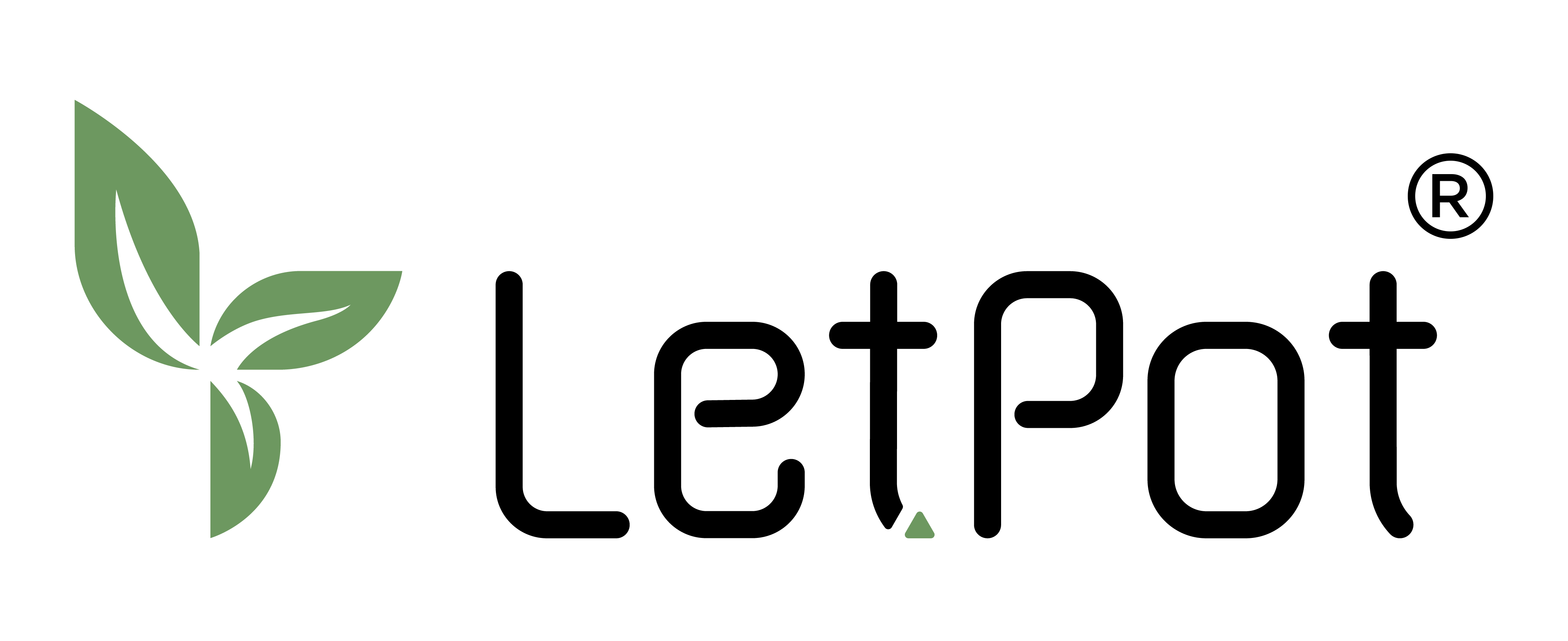
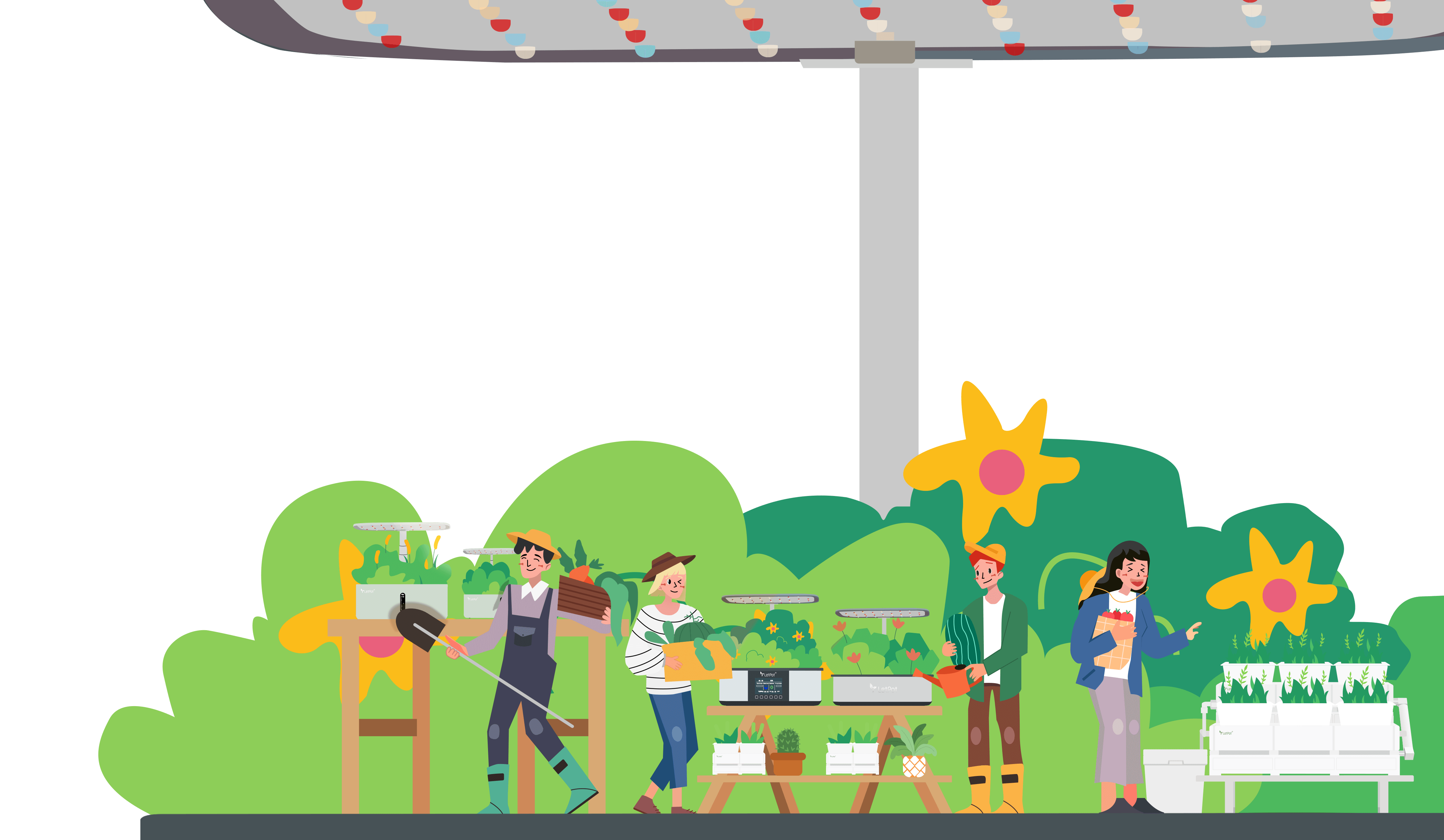
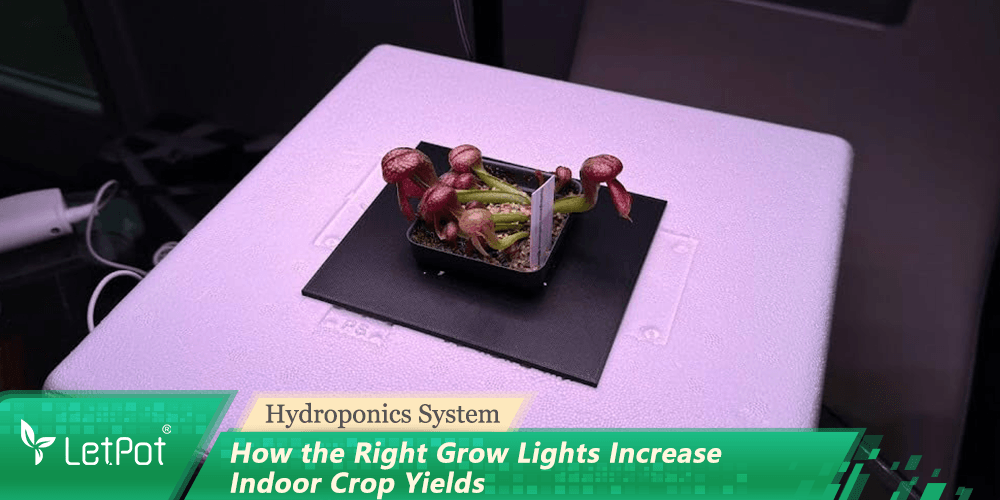
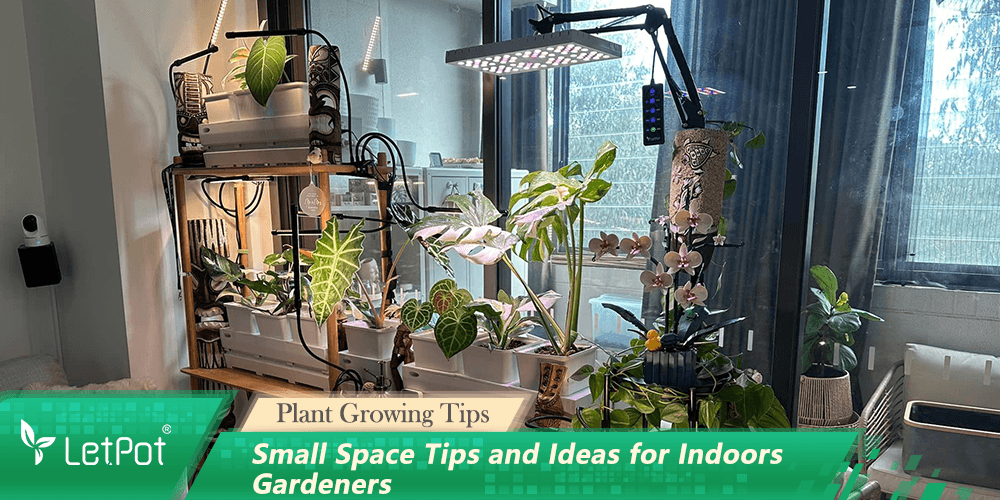
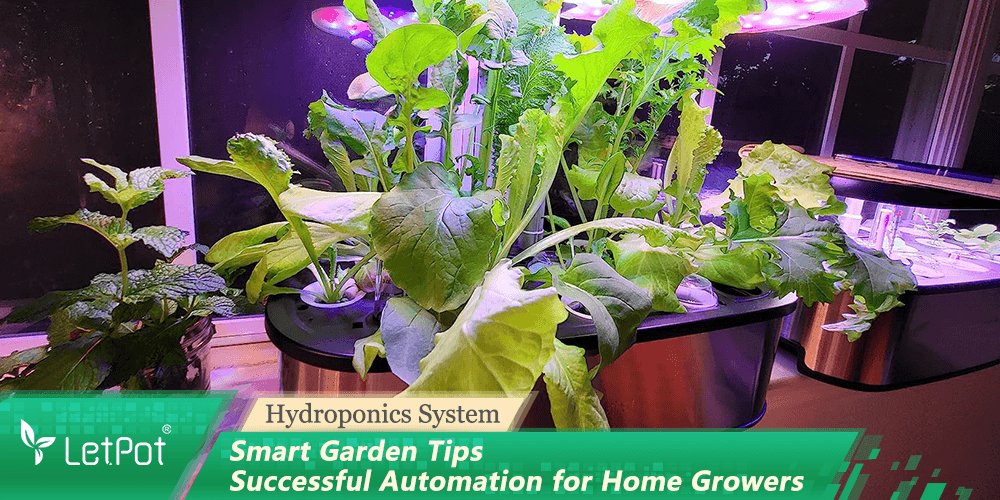
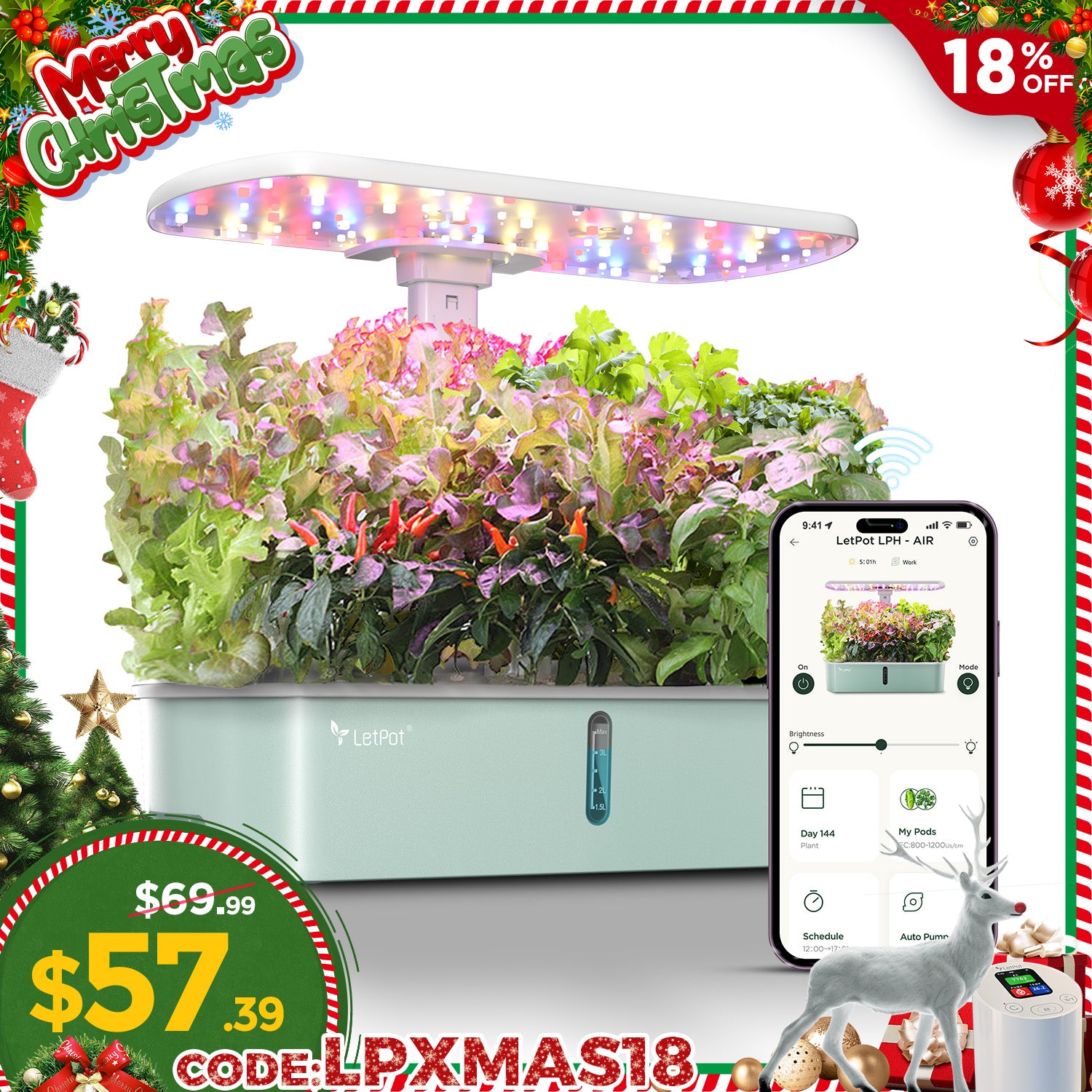

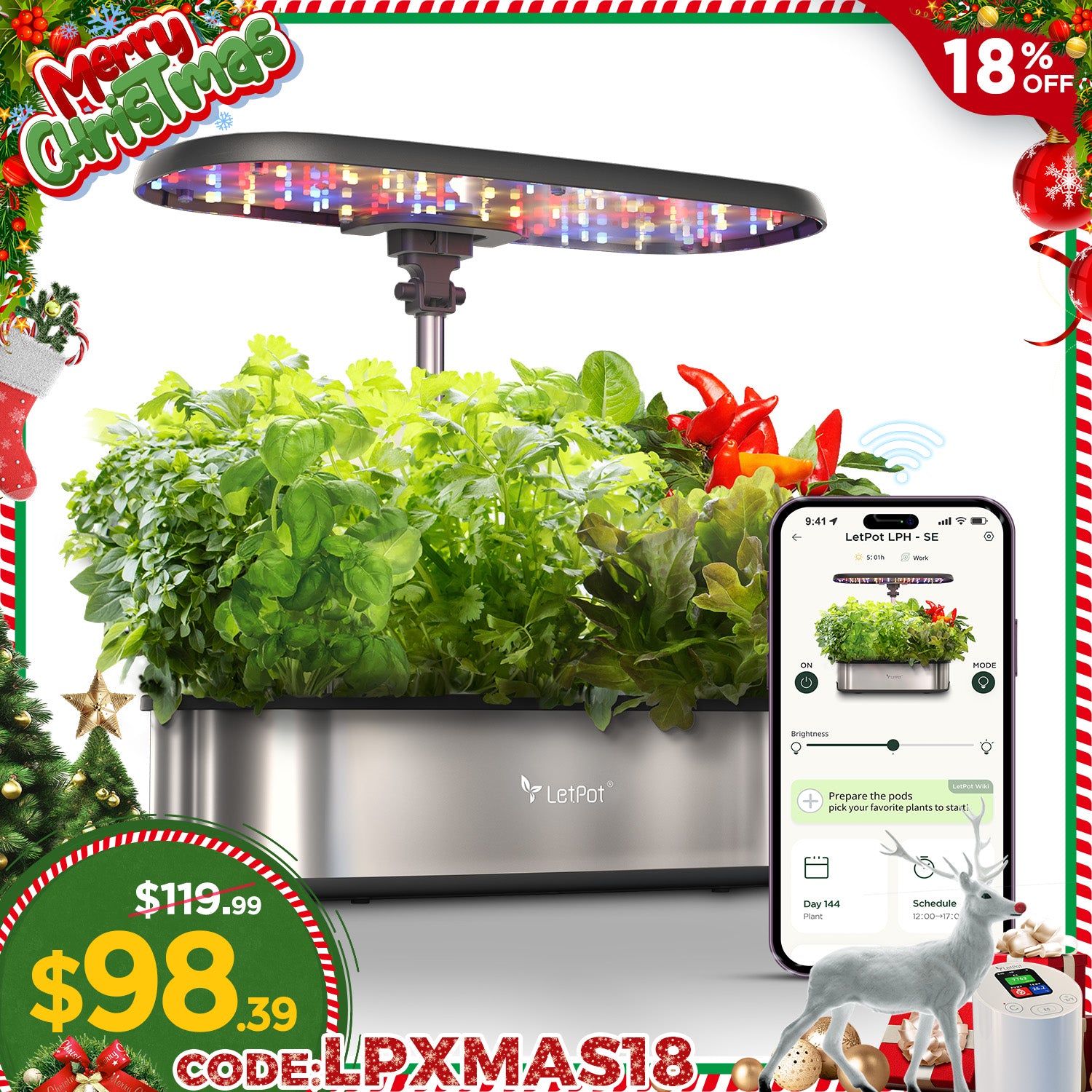
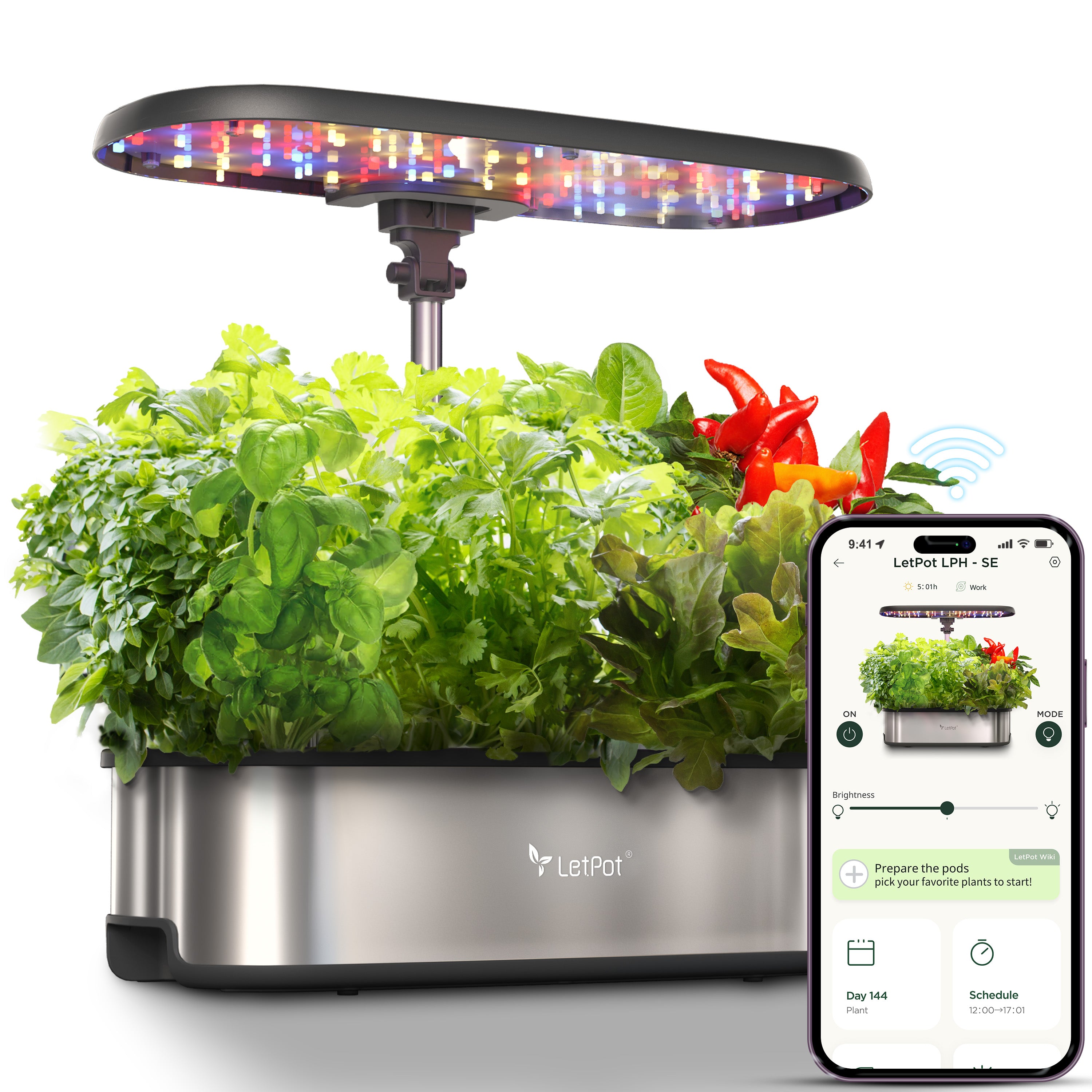

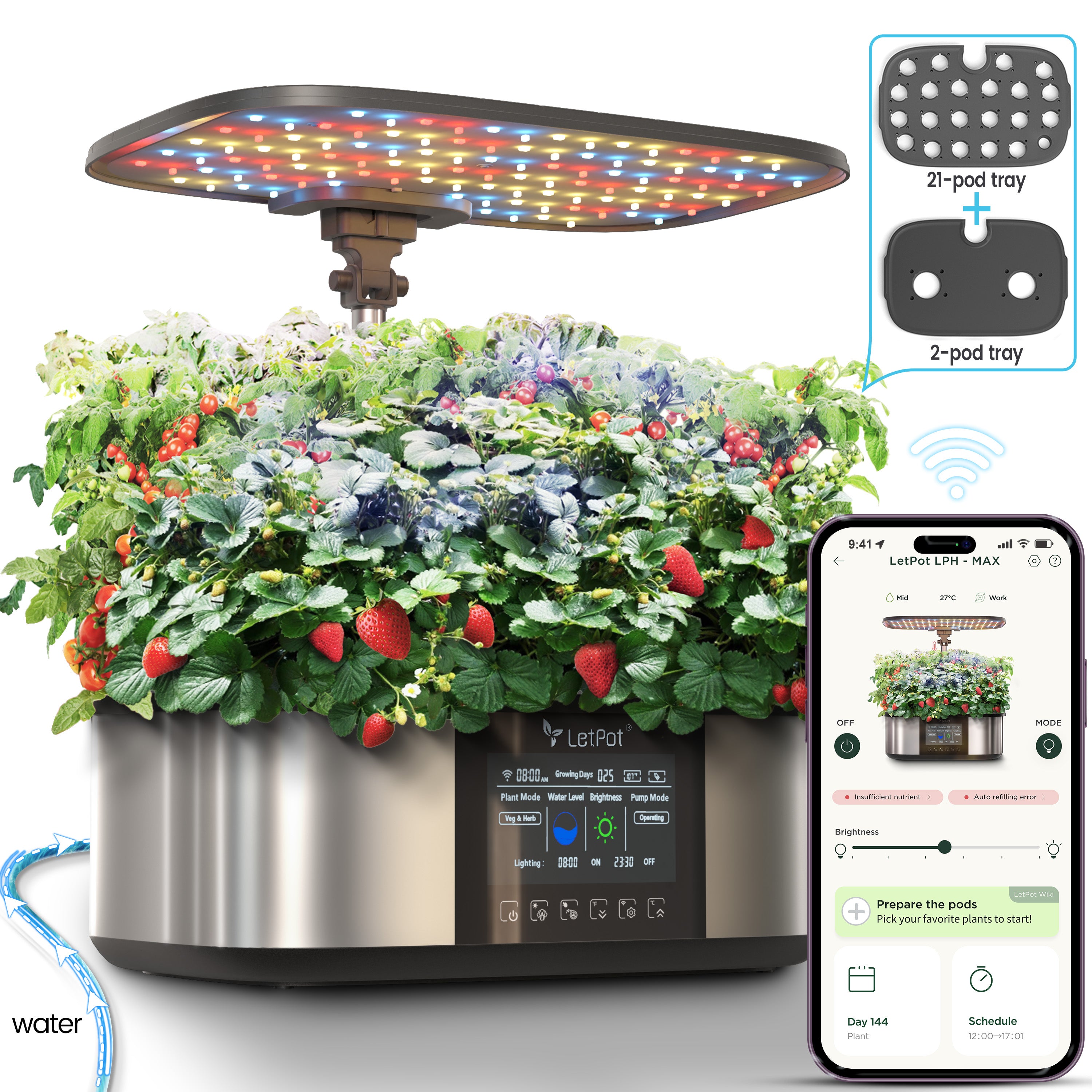
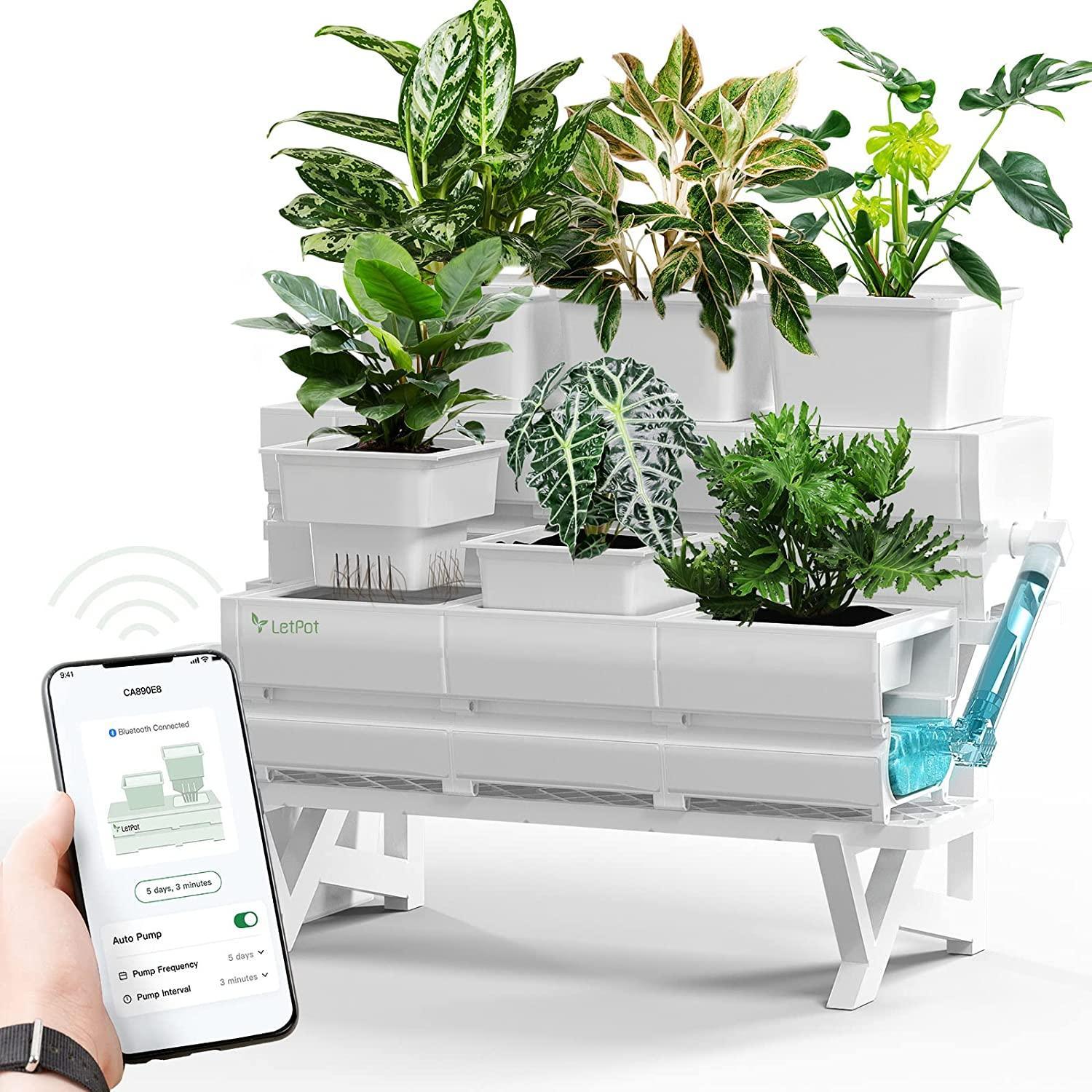
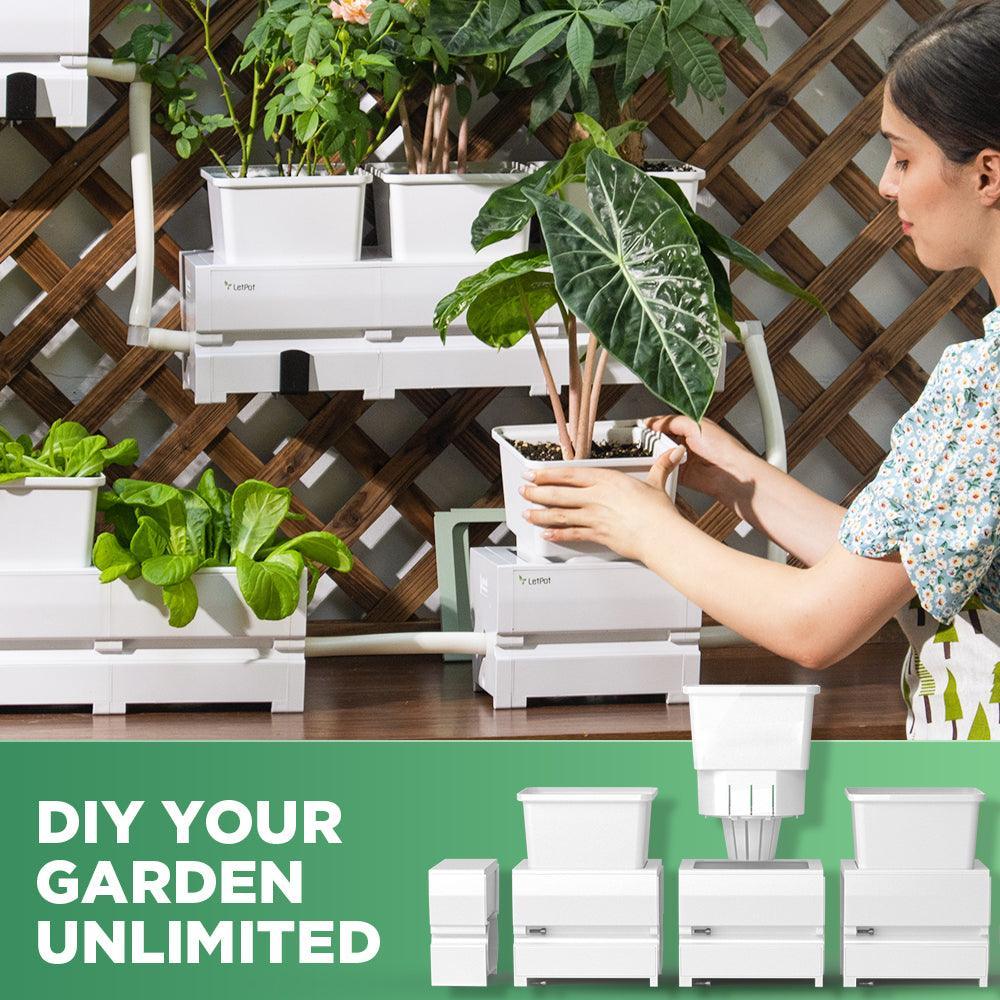
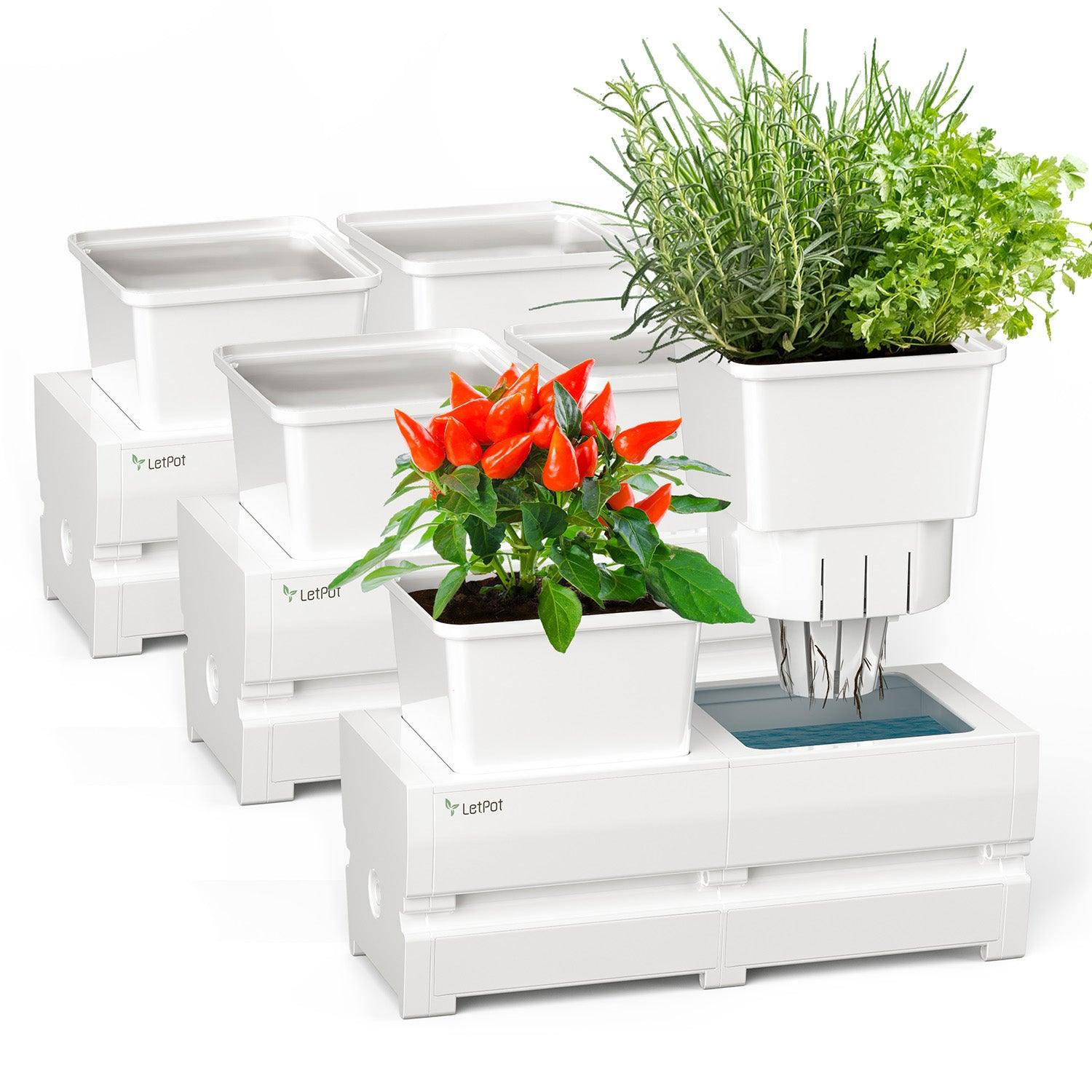
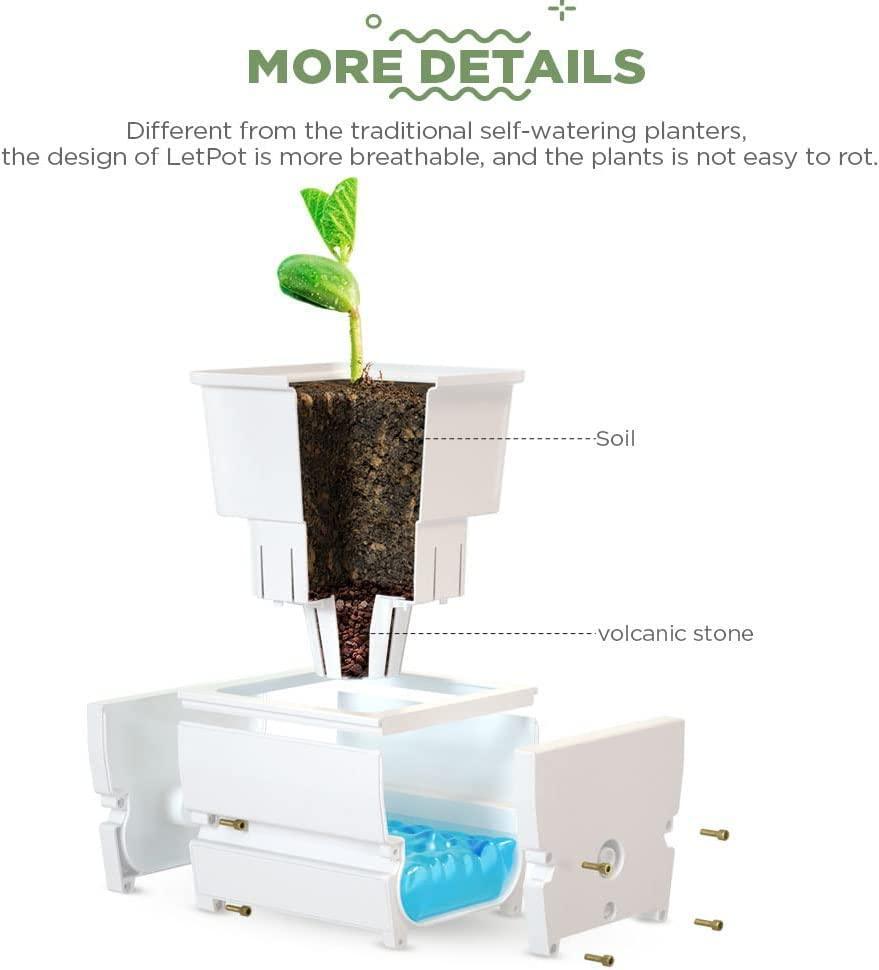
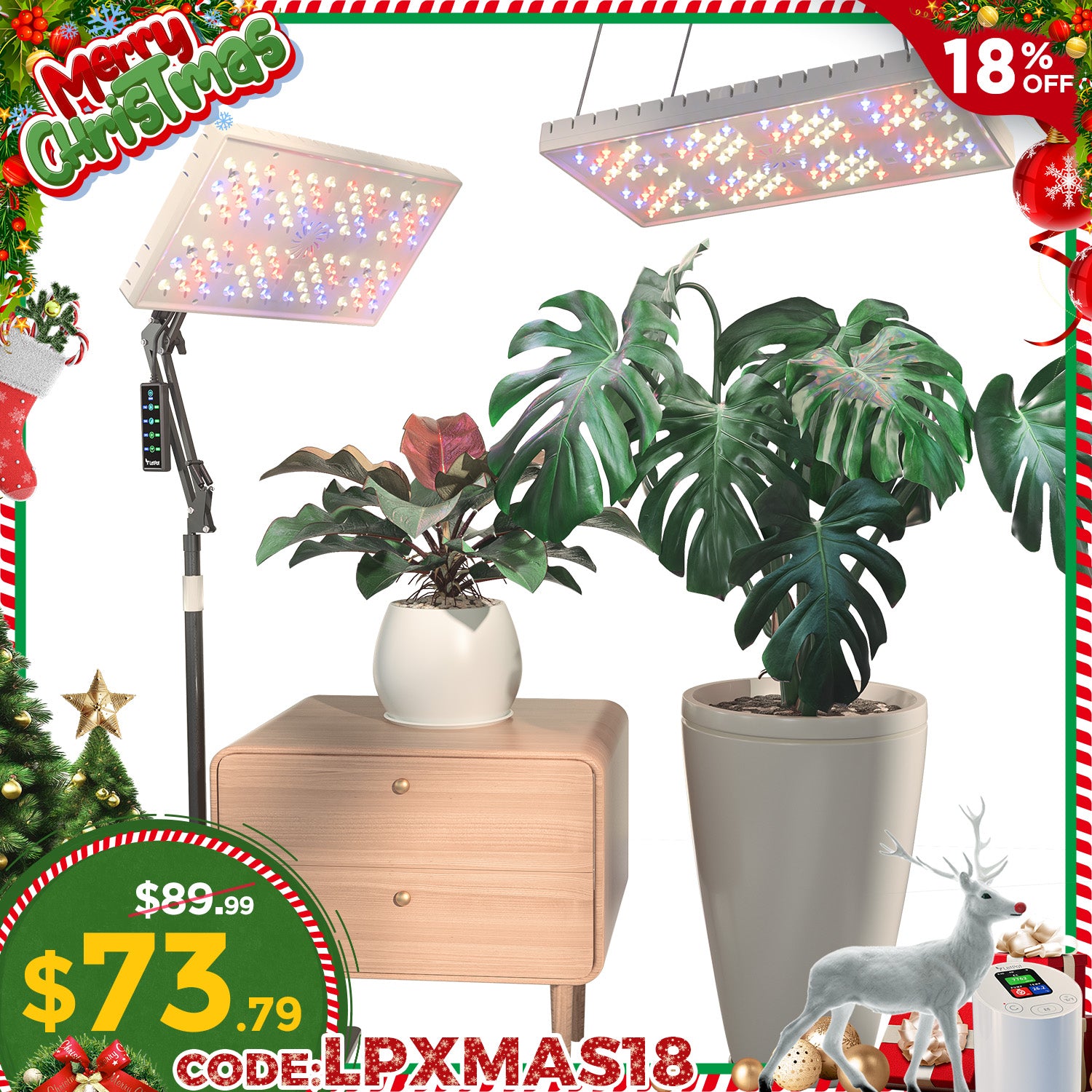
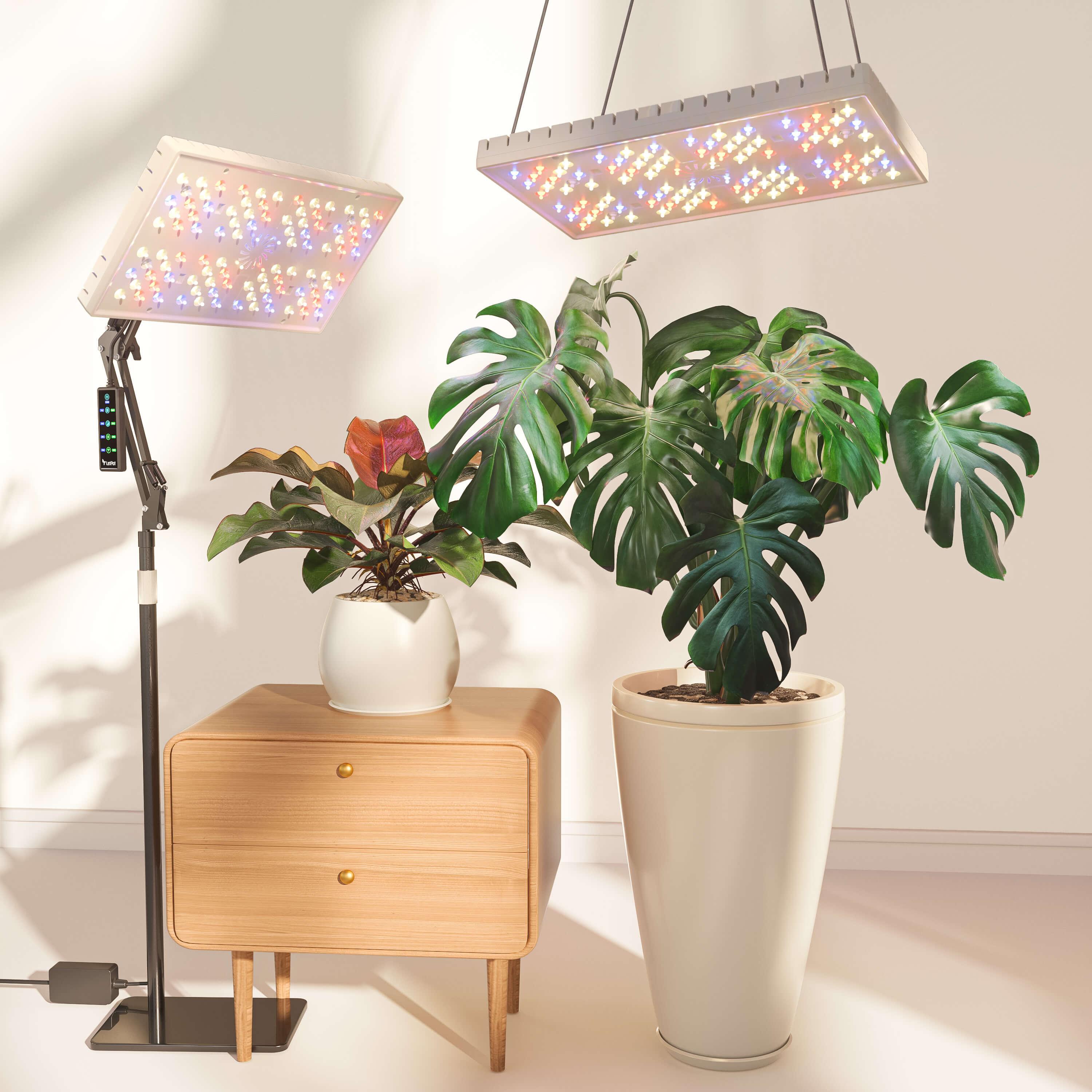
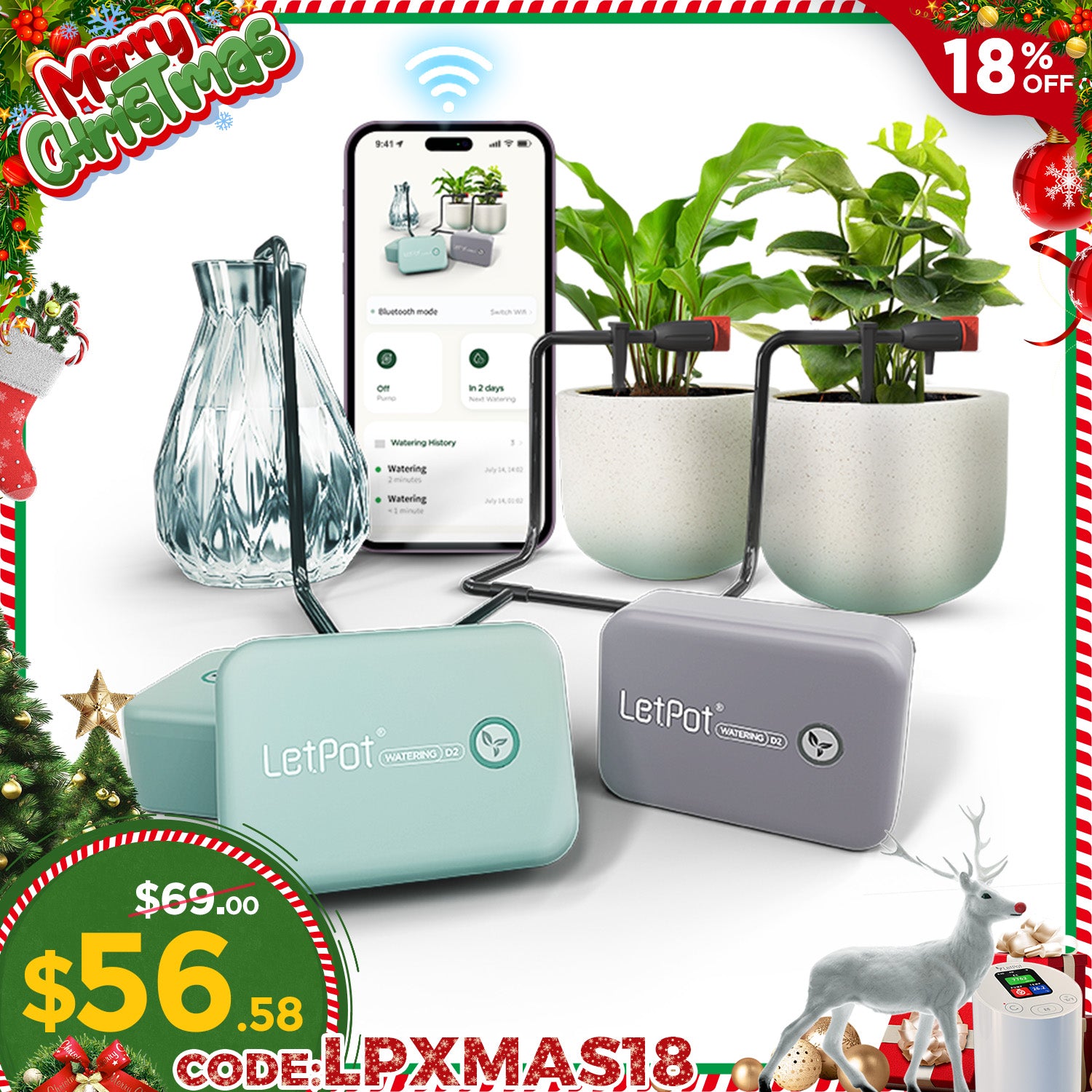

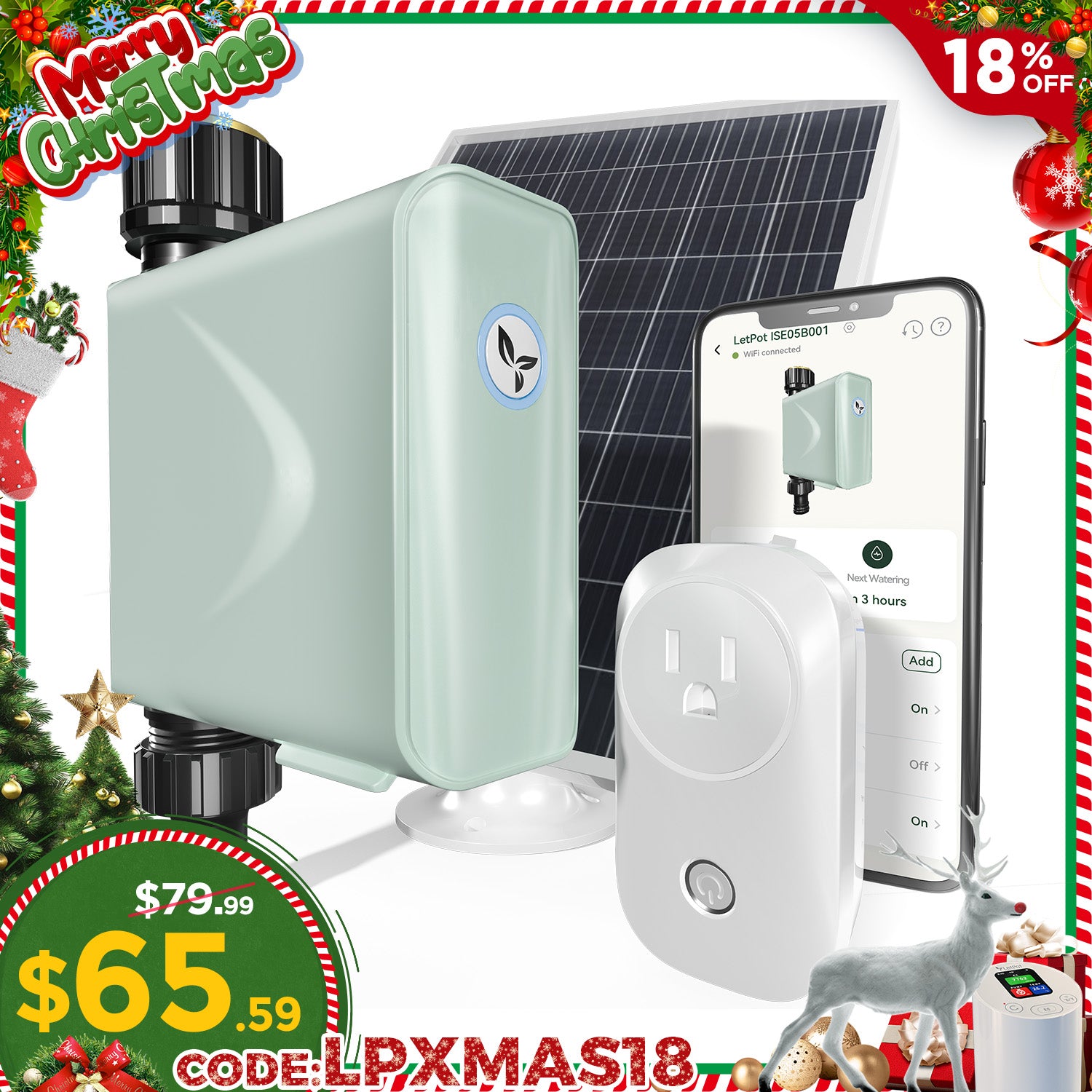
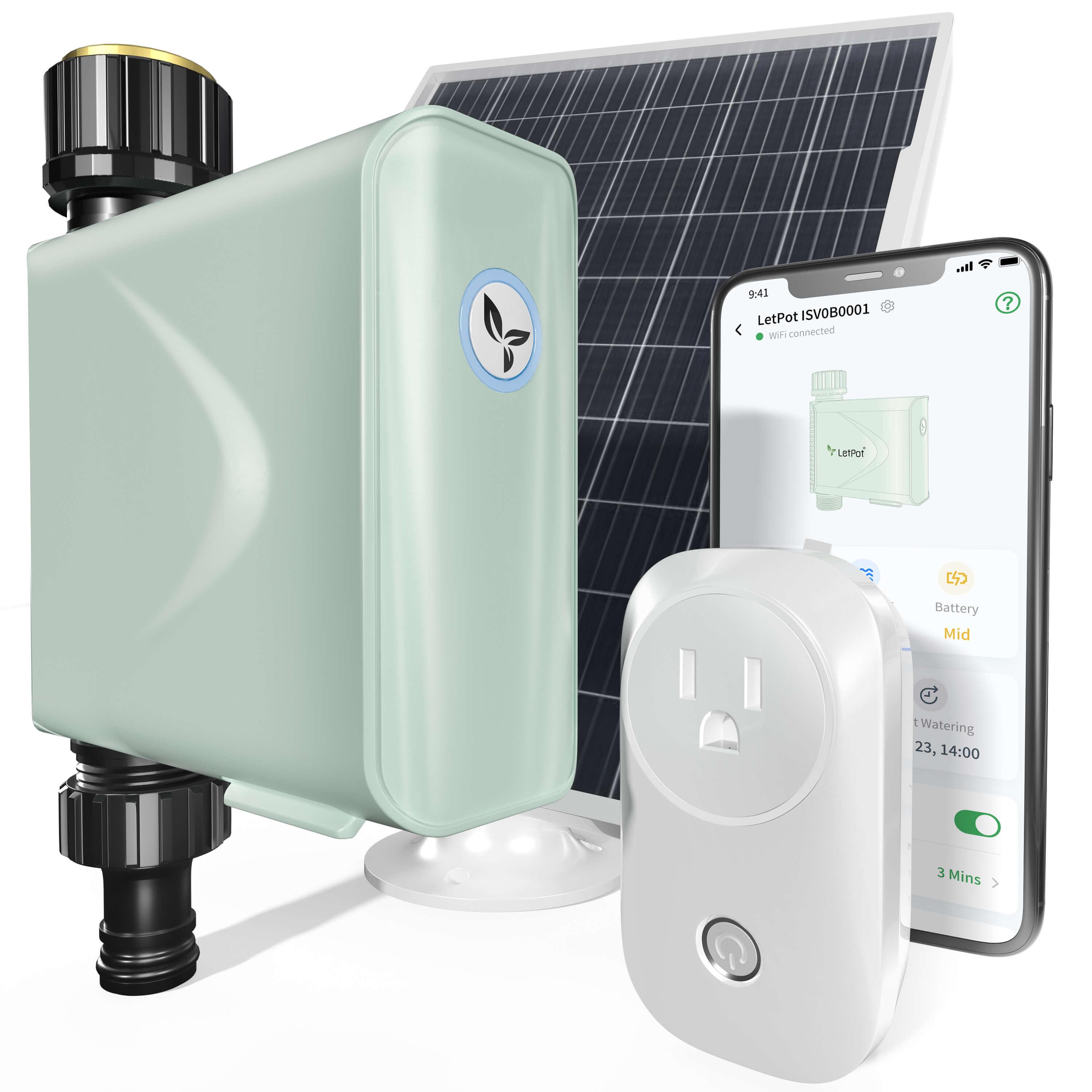

Leave a comment
All comments are moderated before being published.
This site is protected by hCaptcha and the hCaptcha Privacy Policy and Terms of Service apply.